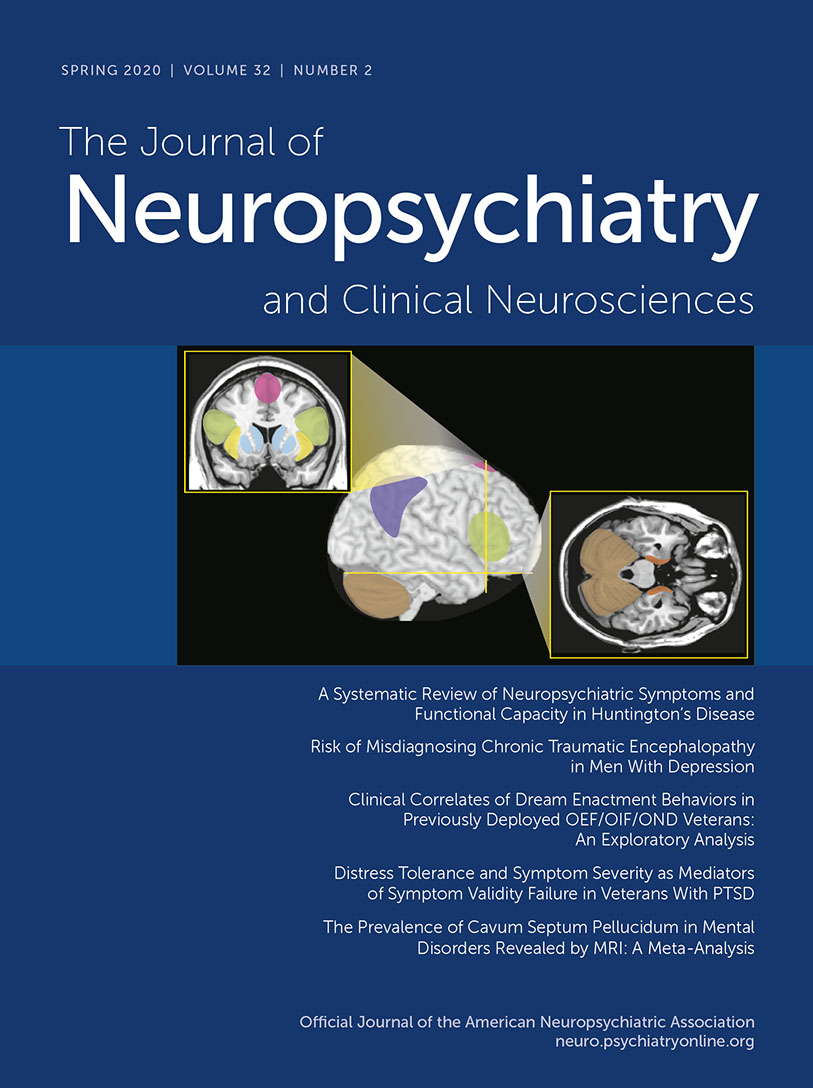Pilot Study of An Intracranial Electroencephalography Biomarker of Depressive Symptoms in Epilepsy
Abstract
Objectives:
Adult patients with epilepsy have an increased prevalence of major depressive disorder (MDD). Intracranial EEG (iEEG) captured during extended inpatient monitoring of patients with treatment-resistant epilepsy offers a particularly promising method to study MDD networks in epilepsy.
Methods:
The authors used 24 hours of resting-state iEEG to examine the neural activity patterns within corticolimbic structures that reflected the presence of depressive symptoms in 13 adults with medication-refractory epilepsy. Principal component analysis was performed on the z-scored mean relative power in five standard frequency bands averaged across electrodes within a region.
Results:
Principal component 3 was a statistically significant predictor of the presence of depressive symptoms (R2=0.35, p=0.014). A balanced logistic classifier model using principal component 3 alone correctly classified 78% of patients as belonging to the group with a high burden of depressive symptoms or a control group with minimal depressive symptoms (sensitivity, 75%; specificity, 80%; area under the curve=0.8, leave-one-out cross validation). Classification was dependent on beta power throughout the corticolimbic network and low-frequency cingulate power.
Conclusions:
These finding suggest, for the first time, that neural features across circuits involved in epilepsy may distinguish patients who have depressive symptoms from those who do not. Larger studies are required to validate these findings and to assess their diagnostic utility in MDD.



